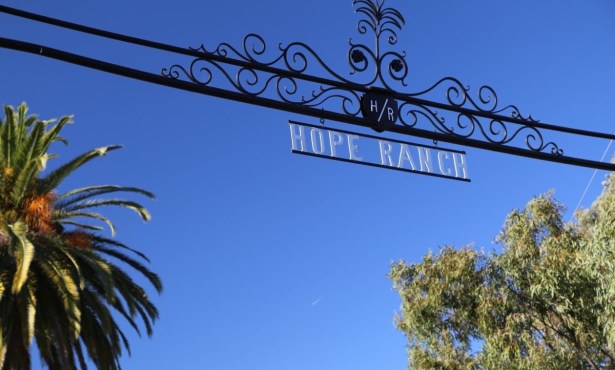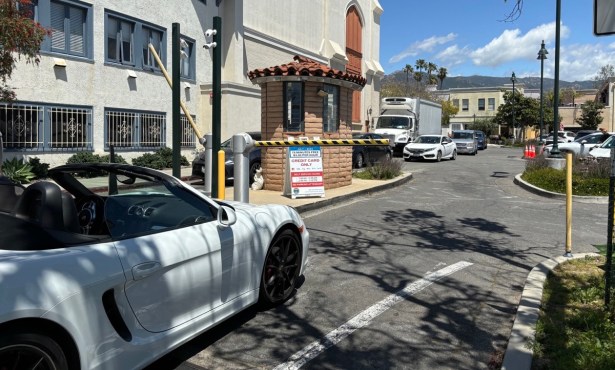Assessing the Safety Net
As Direct Relief Releases New National Info, An Inside Look at Santa Barbara Neighborhood Clinics
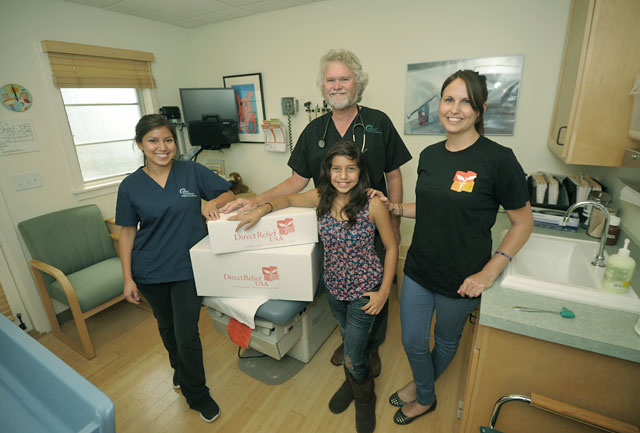
On a day that reached the mid-90’s last month, five dentists from the nation’s best schools welcomed 70 patients into their examination chairs at the modestly sized Eastside Family Dental Clinic, a branch of the Santa Barbara Neighborhood Clinics, and the only low-income dental clinic in South Santa Barbara County. The average clinic of its size sees about 20 patients a day.
The dentists were calm and in good spirits as they treated first-time patients who have more cavities than fingers, performed root canals surgeries and extractions, and took x-rays, among many other procedures. But just a look around the crowded waiting room showed that the strain is obvious.
In the wake of the recent Supreme Court decision to uphold the Affordable Health Care Act (ACA) and in the midst of a continuing recession, clinics across the nation are bracing themselves for even longer queues. By 2014, community health clinics must prepare to absorb up to 17 million patients who will be newly eligible for Medicaid and to provide services for increased numbers of uninsured patients and patients who suffer from chronic health conditions, a recent study by Direct Relief International shows.
The “State of the Safety Net” — the first-ever study of its size and scope to be conducted in the U.S. — surveyed more than 1,000 of the nation’s 8,000 non-profit health centers, community clinics, and free clinics who provide care for over 21 million people annually. Nearly three in four of these patients are living under the Federal Poverty Level.
Findings show that 79 percent of nonprofit community based clinics and healthcare centers witnessed an increase in patients in 2011. Eighty-six percent of these clinics and centers anticipate that the numbers will increase again this year.
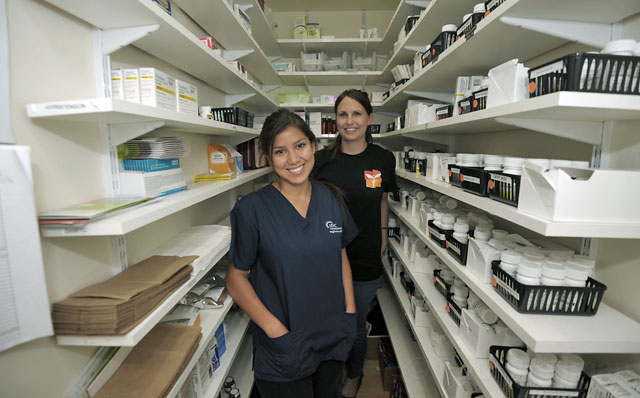
“America’s nonprofit community health centers, clinics, and free clinics are the backbone of our nation’s health care safety net, providing care regardless of a person’s insurance status, income, or ability to pay,” said Thomas Tighe, President and CEO of Direct Relief in a press release. “The report reflects the extensive role they have played and the pressures they have encountered while caring for the most vulnerable people in the country during an extended period of intense economic distress.”
Another notable finding of the study shows that for the first time, more so-called safety net patients — those who face financial, cultural, linguistic, and geographic barriers — are using Medicaid (7.5 million) than those who are uninsured (7.3 million). This is attributed to stimulus money that has gone to Medicaid during the recession.
What is certain about the implementation of the new ACA legislation is that people will be required to buy health insurance or pay a fine of 1 percent of their income. The extent to which Medicaid will be put into effect in various states — a factor that affects clinics greatly — will become clear in upcoming months. If states decide against increasing Medicaid coverage, uninsured patients will not be reimbursed for their visits and clinics will provide free services.
“As our country moves into debate over the implementation of the new legislation, some governors are deciding not to increase the Medicaid roles,” said Damon Taugher, Director of Direct Relief USA. “It’s going to make the situation even worse for safety net providers in states like Florida, Texas, and Oklahoma where there is still going to be a big issue for people who don’t have health insurance.”
Regardless of how Medicaid coverage pans out among the various states, the results of the study indicate that safety net clinics must determine how to prepare for higher demand in a time of strained resources. Health professionals from Santa Barbara to Detroit are using similar measures to accommodate for new patients.
“Clinics play a critical role in Santa Barbara County,” said Dr. Takashi Wada, Director and Health Officer for the Santa Barbara Public Health Department. Santa Barbara clinics provide basic primary care services in addition to physicals, immunizations, pharmacy, radiology, clinical laboratory, pediatric, and women’s services. These clinics typically see more than 135,000 visits annually.
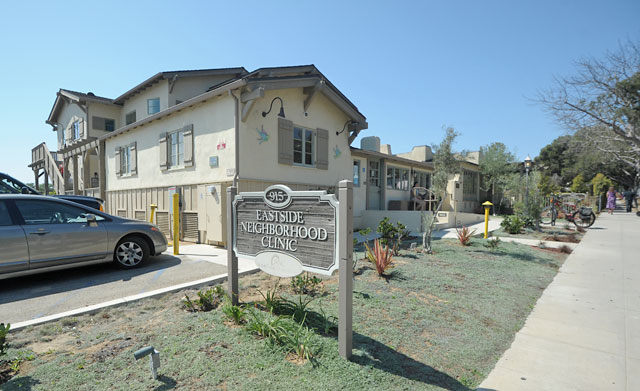
“We are the biggest medical provider in the county,” added Wada. “We have nine sites across the county and they are seeing an increase in Medicaid. As the ACA goes forward, we project that the number of uninsured will decrease from 67,000 to 40,000. There will be a lot of pent up demand initially.”
To meet the needs of the projected 27,000 new patients in Santa Barbara County, Wada and his colleagues at Santa Barbara County Department of Public Health are implementing a system of electronic health records to improve communication and decrease double effort. The clinics are also working towards increasing evening hours, electronic prescribing, streaming enrollment and eligibility for Medical and Cencal, and taking a “team-based” approach to pressures by collaborating with hospitals, nutritionists, mental health providers, and other specialists. They may be forced to add more doctors if the demand exceeds the supply.
Fortunately the department did not see any cuts to its $79.7 million budget for the 2012-2013 fiscal year, although they are seeing increasing numbers of uninsured patients who are not reimbursed for their visits.
The department is also implementing a number of programs to care for those with chronic conditions. Many people suffering from untreated diabetes, hypertension, and asthma will step into clinics for the first time in years in critical state. According to Santa Barbara Neighborhood Clinics, 71 percent of low-income Isla Vista residents have declared no one as their primary care provider and many are suffering from undiagnosed illnesses. The pressures from supporting these people for years to come will undoubtedly take a financial toll on clinics, although the effectiveness of new programs will likely curtail strains over time.
Programs for women’s health such as family planning, breast cancer screening, and prenatal care also expanding under the new legislation, although the birth rate in Santa Barbara County has declined in recent years, as families in financial stress delay or decide against having children.
Wada, the Santa Barbara Neighborhood clinicians, and health care professionals across the country are grateful for the information that Direct Relief has compiled. While most people in this country have been bombarded with both grim and inspiring anecdotes about healthcare in the United States, the quantitative data provided by the Direct Relief study shows that there is undoubtedly a severe problem afflicting those who are most vulnerable financially in the country.
“How facilities and their patients fare is, and will be, an important indicator of whether the basic goals of health reform — access to affordable, high-quality care for people who don’t have it now — are being met,” said Tighe in his statement.
Moving forward, non-profit clinics including the Eastside Neighborhood Clinic are utilizing the information from this study in accordance with the projected effects of new legislation to prepare as best they can for increased pressures. This clinic has over 70,000 visits a year, and is currently staffed near capacity, which can only mean that hard times are ahead. Perhaps the only silver lining, albeit a very significant one, is that safety net is an intelligent and dedicated network of individuals.

